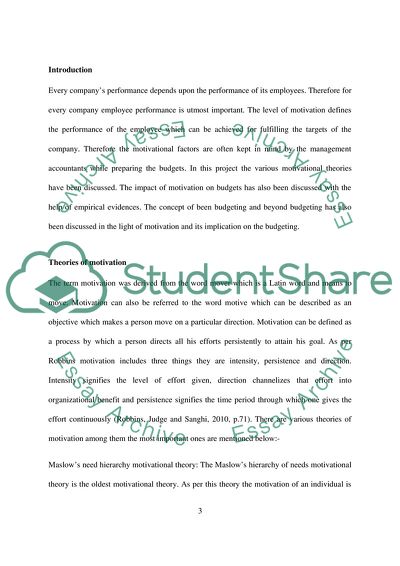Cite this document
(Introduction to management accounting Essay Example | Topics and Well Written Essays - 2000 words, n.d.)
Introduction to management accounting Essay Example | Topics and Well Written Essays - 2000 words. https://studentshare.org/finance-accounting/1756710-introduction-to-management-accounting
Introduction to management accounting Essay Example | Topics and Well Written Essays - 2000 words. https://studentshare.org/finance-accounting/1756710-introduction-to-management-accounting
(Introduction to Management Accounting Essay Example | Topics and Well Written Essays - 2000 Words)
Introduction to Management Accounting Essay Example | Topics and Well Written Essays - 2000 Words. https://studentshare.org/finance-accounting/1756710-introduction-to-management-accounting.
Introduction to Management Accounting Essay Example | Topics and Well Written Essays - 2000 Words. https://studentshare.org/finance-accounting/1756710-introduction-to-management-accounting.
“Introduction to Management Accounting Essay Example | Topics and Well Written Essays - 2000 Words”. https://studentshare.org/finance-accounting/1756710-introduction-to-management-accounting.


